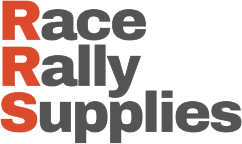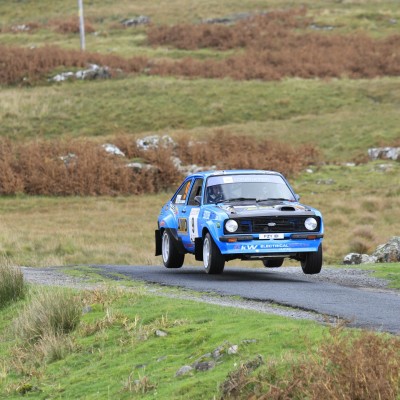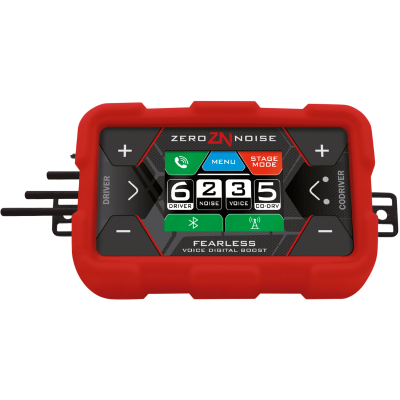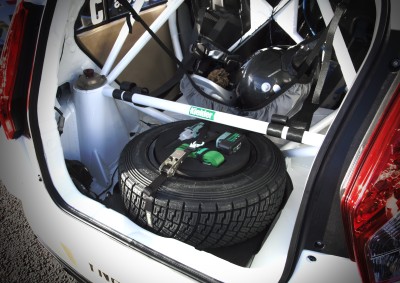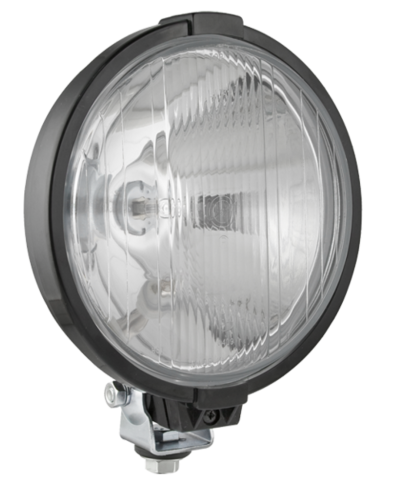AUG
Brake Fluid Explained: What the DOT Ratings Mean & Why We Recommend Motul DOT 4 RBF 600
Understanding Brake Fluid: What Do the DOT Ratings Mean and Why We Recommend Motul DOT 4 RBF 600
When it comes to your car or race car’s braking system, the importance of good quality brake fluid cannot be overstated. Brake fluid plays a critical role in transferring the force from your foot on the pedal to the brake calipers that slow your wheels. But not all brake fluids are created equal — and the different DOT ratings indicate important differences in performance and safety.
What Are DOT Ratings?
DOT stands for Department of Transportation, and it is a classification system that defines the standards for brake fluids based on their chemical composition and performance characteristics. The common DOT ratings are:
-
DOT 3: Glycol-based brake fluid, suitable for most standard passenger vehicles. Has a moderate boiling point.
-
DOT 4: Also glycol-based but with a higher boiling point than DOT 3, making it more suitable for heavier use or vehicles with disc brakes.
-
DOT 5: Silicone-based brake fluid, not compatible with glycol-based fluids, generally used in specialty or classic cars because it doesn’t absorb moisture.
-
DOT 5.1: Glycol-based like DOT 4, but with even higher boiling points and better performance, often used in racing or heavy-duty applications.
Why Boiling Point Matters
Brake fluid is hygroscopic, meaning it absorbs moisture from the air over time. This moisture lowers the fluid’s boiling point, which can lead to the formation of vapor bubbles in the brake lines under hard braking conditions — a dangerous condition called vapor lock. Vapor lock reduces braking efficiency and can lead to brake fade or failure.
There are two important boiling points to consider:
-
Dry Boiling Point: The temperature at which new, uncontaminated brake fluid boils.
-
Wet Boiling Point: The temperature at which brake fluid boils after it has absorbed some moisture (usually about 3.7% water by volume).
Higher boiling points mean safer, more reliable braking performance, especially under extreme or repeated hard braking.
Why We Recommend Motul DOT 4 RBF 600
Motul DOT 4 RBF 600 is an extreme high-performance polyglycol brake fluid designed for demanding motorsport and high-performance road use. Here’s why it stands out:
-
Boiling Points That Outperform the Standard:
-
Dry Boiling Point: 594°F (312°C) — significantly higher than typical DOT 4 fluids, helping prevent vapor lock under intense braking.
-
Wet Boiling Point: 401°F (205°C) — maintains excellent performance even after moisture absorption, reducing brake fade risks.
-
-
Superior Shelf Life and Cleanliness:
-
Each bottle is factory sealed and filled with nitrogen, which drastically reduces contamination risk and extends shelf life.
-
-
Rapid Recovery Time:
-
Helps your brakes regain full performance quickly after hard use.
-
This fluid far exceeds the DOT 4 standard, making it ideal for track days, rallying, or any driving situation where your brakes are pushed hard. It’s trusted by professional racers and enthusiasts who demand safety, performance, and reliability.
Summary
Choosing the right brake fluid is essential for safe, effective braking performance. Understanding the DOT ratings and boiling points helps you make an informed choice. For extreme reliability and performance, Motul DOT 4 RBF 600 offers outstanding heat resistance and moisture protection, keeping your brakes consistent and safe — even under the toughest conditions.

